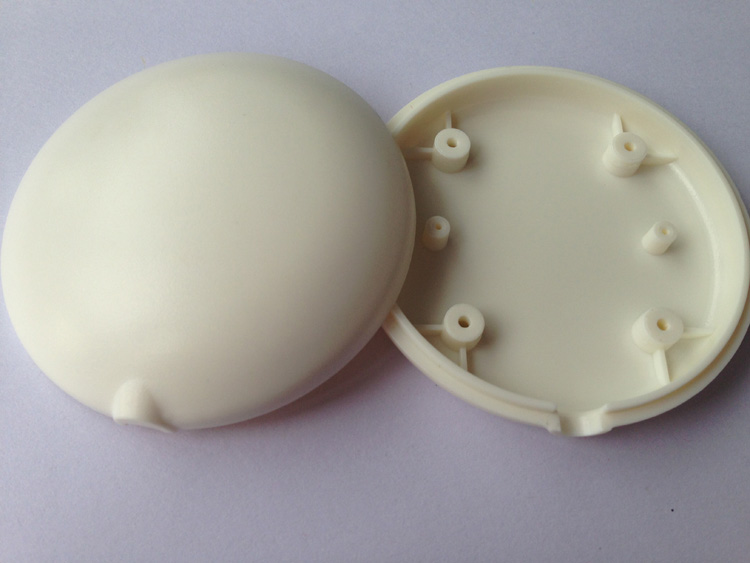What did you build today (Pictures) ?
-
I tried some of those radar sensors and are very sensitive, they could detect even if you move in the bed. In addition I'd rather not sleep next to a 5 Ghz radar emitter 😅
-
So these radar motion sensors are actually quite impressive, the ones with just analog output only have 1 transistor, the rest of the circuit is formed by the pcb traces. Weird, but it works. They can be hacked (sawtooth wave for power) to give a distance reading instead of doppler. The signal processing is too much for an arduino, but it is doable.
The other ones actually use the same chip as the most common pir devices.
-
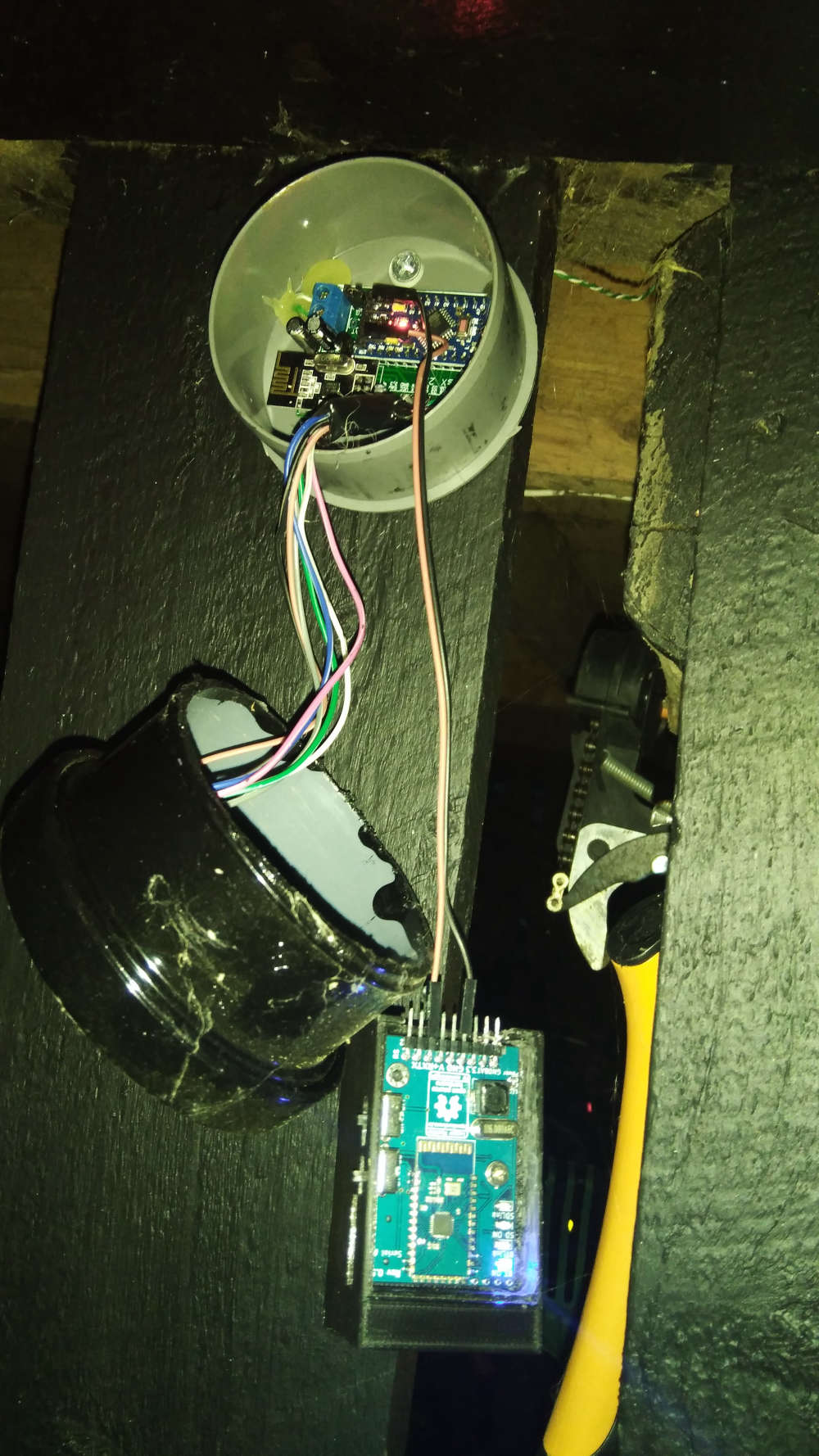
Suddenly my outdoor lightsensor stopped working. A good time to have a portal debugger. Everything seems fine in the log though... All ST:ok but for some reason it doesn't show up in domotocz.... Well that have to be tomorrows project.
-
Another node went down today... a repeater this time. Well... quickly a new one with additinal updates compared to old. (PA/Lna and Mysensors 2.3)
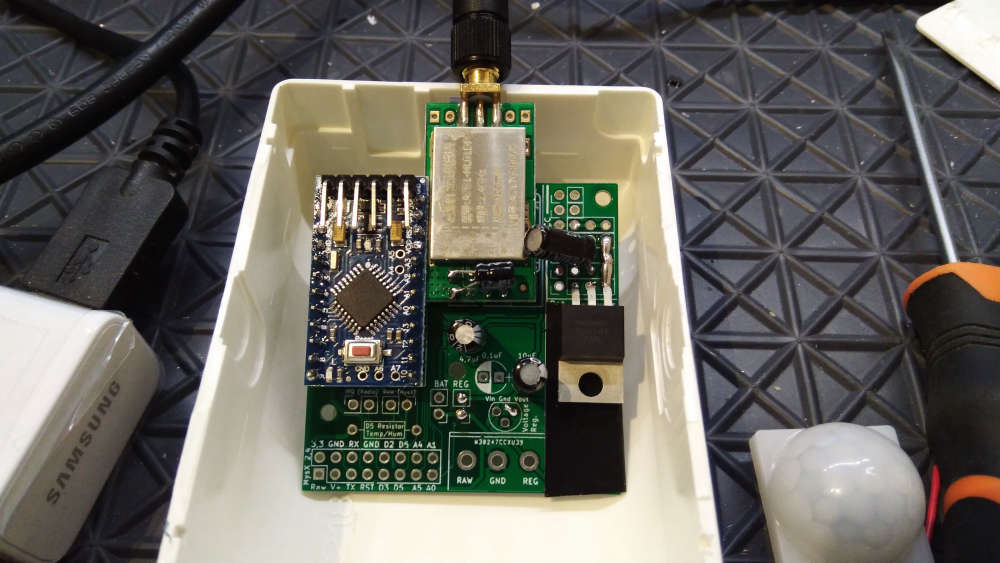
-
I made a working version of my test board with PCF85176 LCD driver, finally reaching some decently low current consumption for an always on display. There are still some possible gains to make with lower driver voltage, and with a more recent driver that should allow to go as low as 5uA.
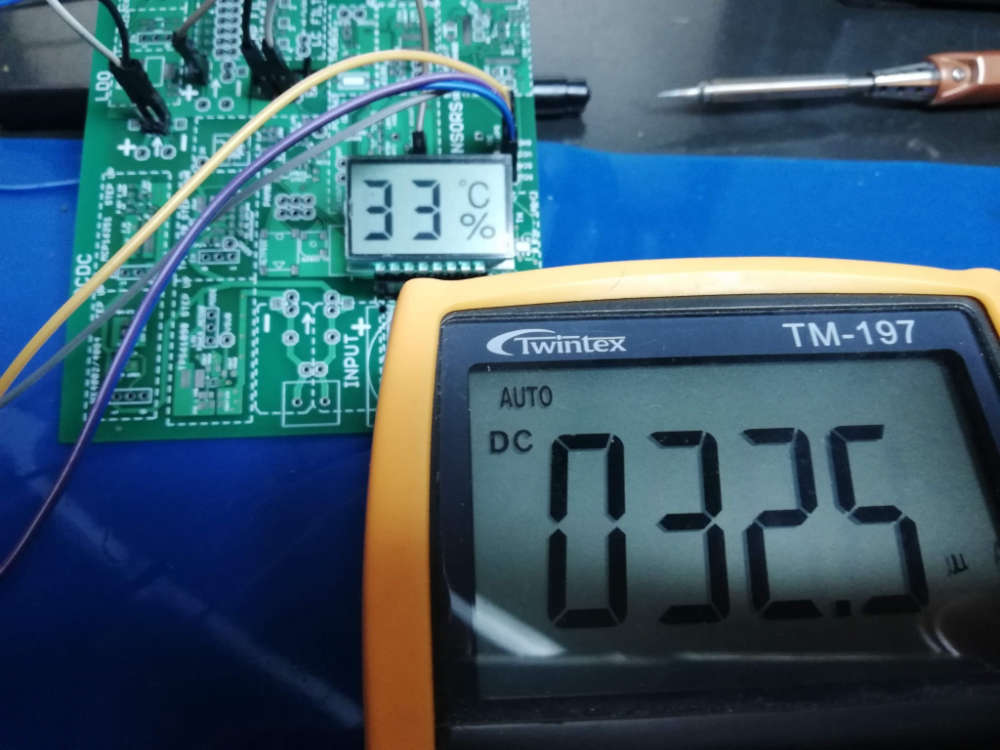
-
Though not MySensors related, I thought I'd post my latest build that has been consuming a lot of my time lately. This is the main reason I haven't been on the forum much lately. I bought a drone kit recently. Here are some pics from the initial assembly:
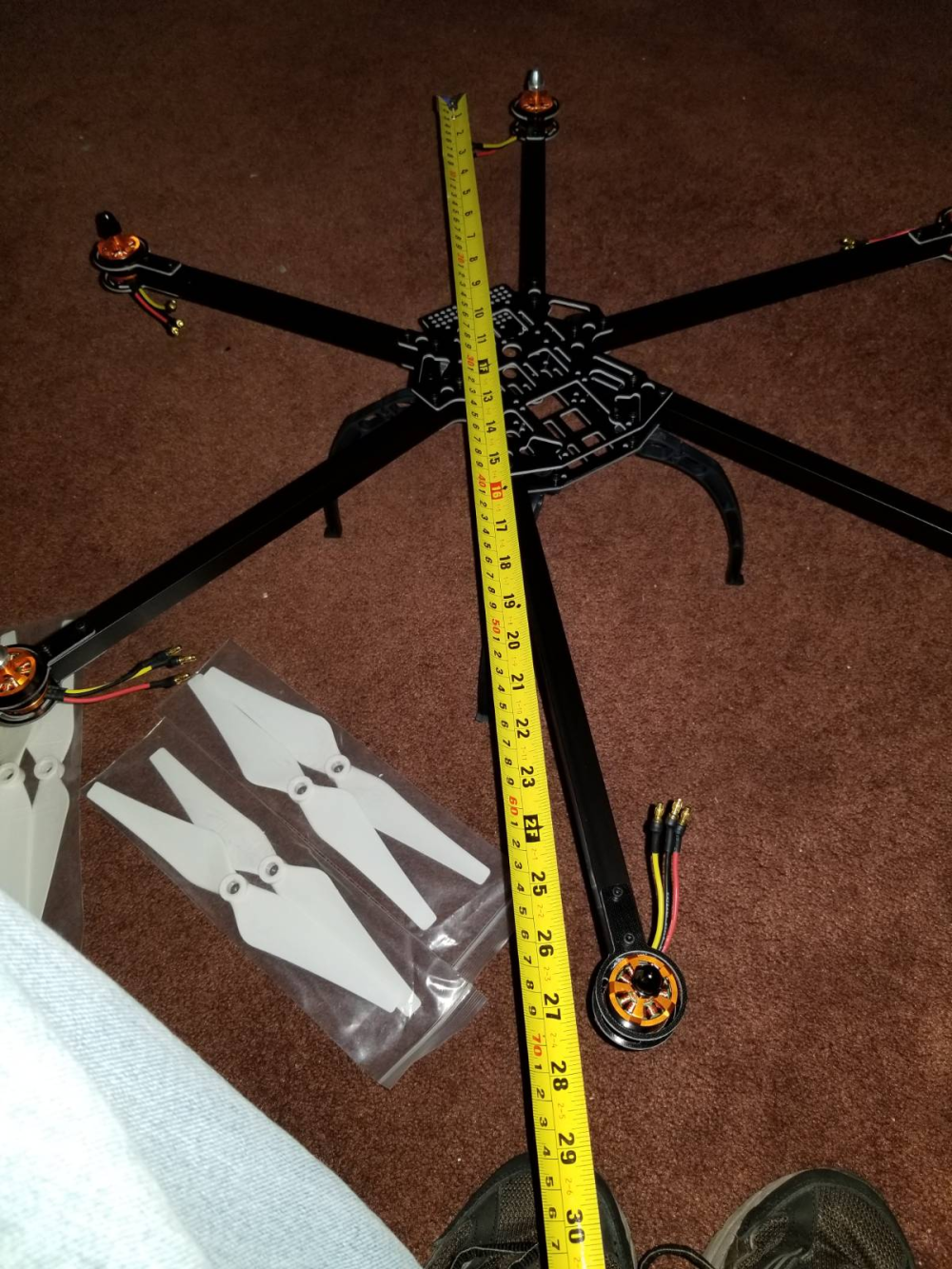
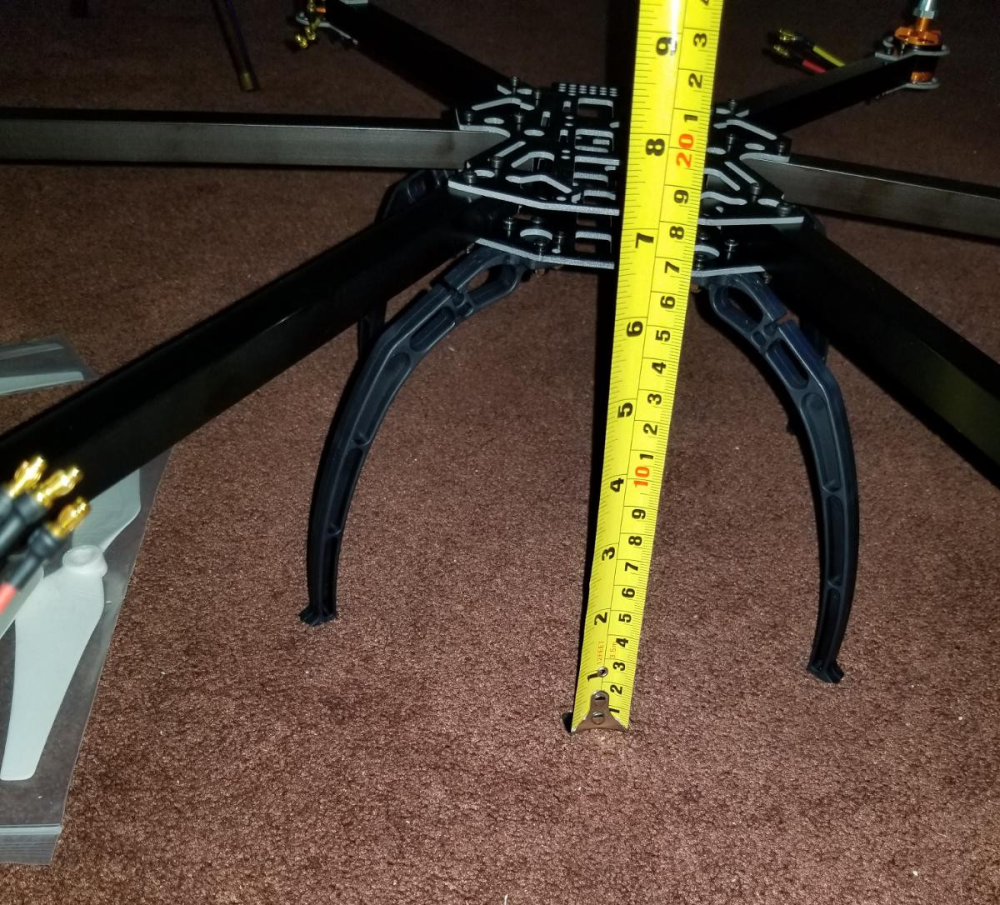

Since the initial build I have flown it and from a hard landing broken one of the cheap plastic legs that it came with. I designed a replacement with my 3D printer and some 1/4 inch aluminum rod.

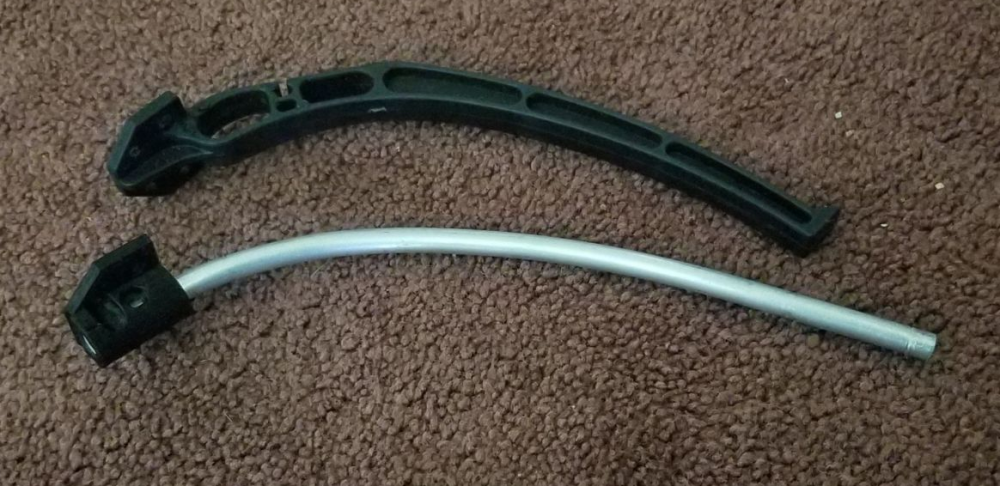
Here are some pics at it's current stage. I have designed and printed some prop guards and a few other add-ons:
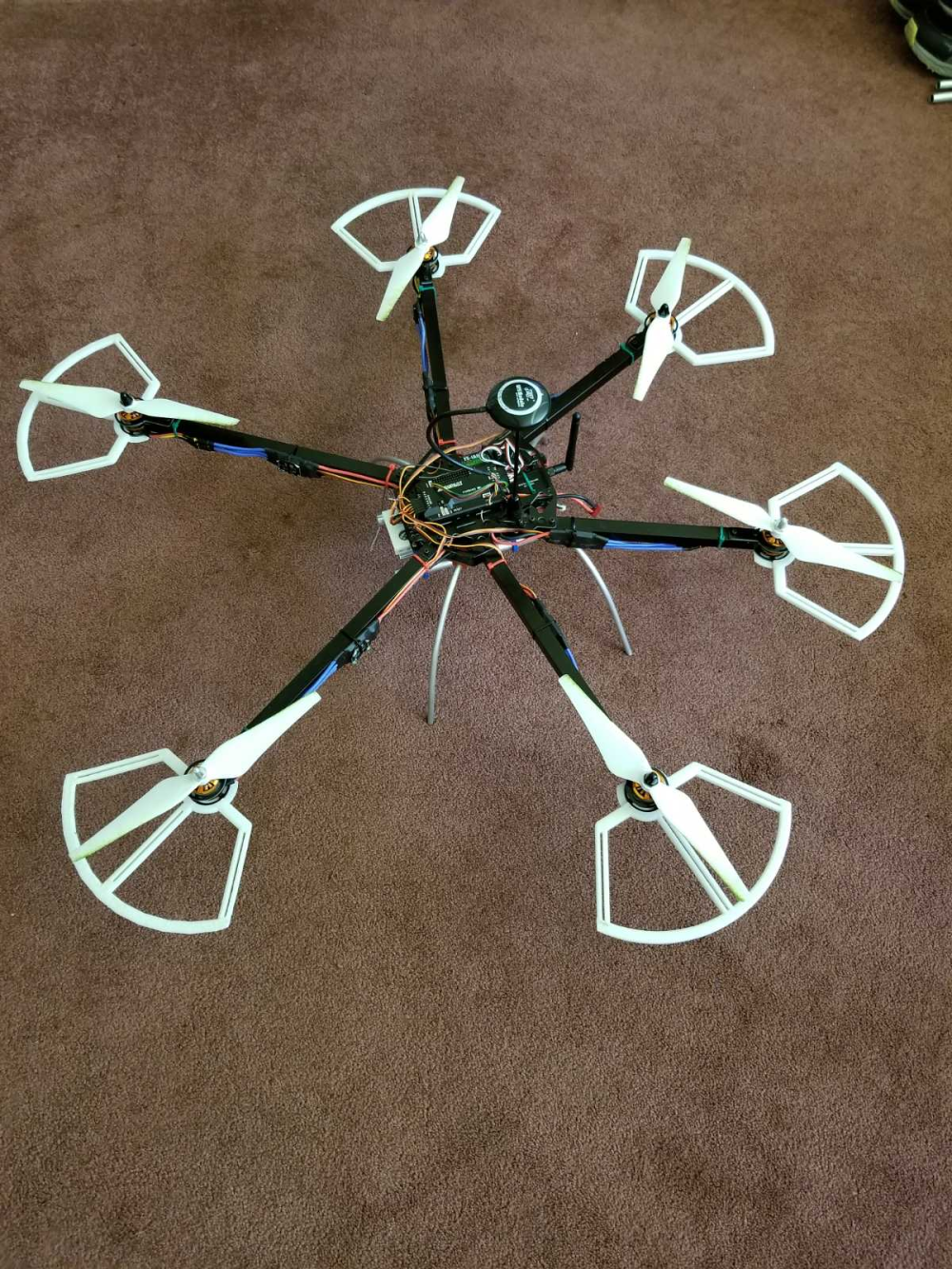
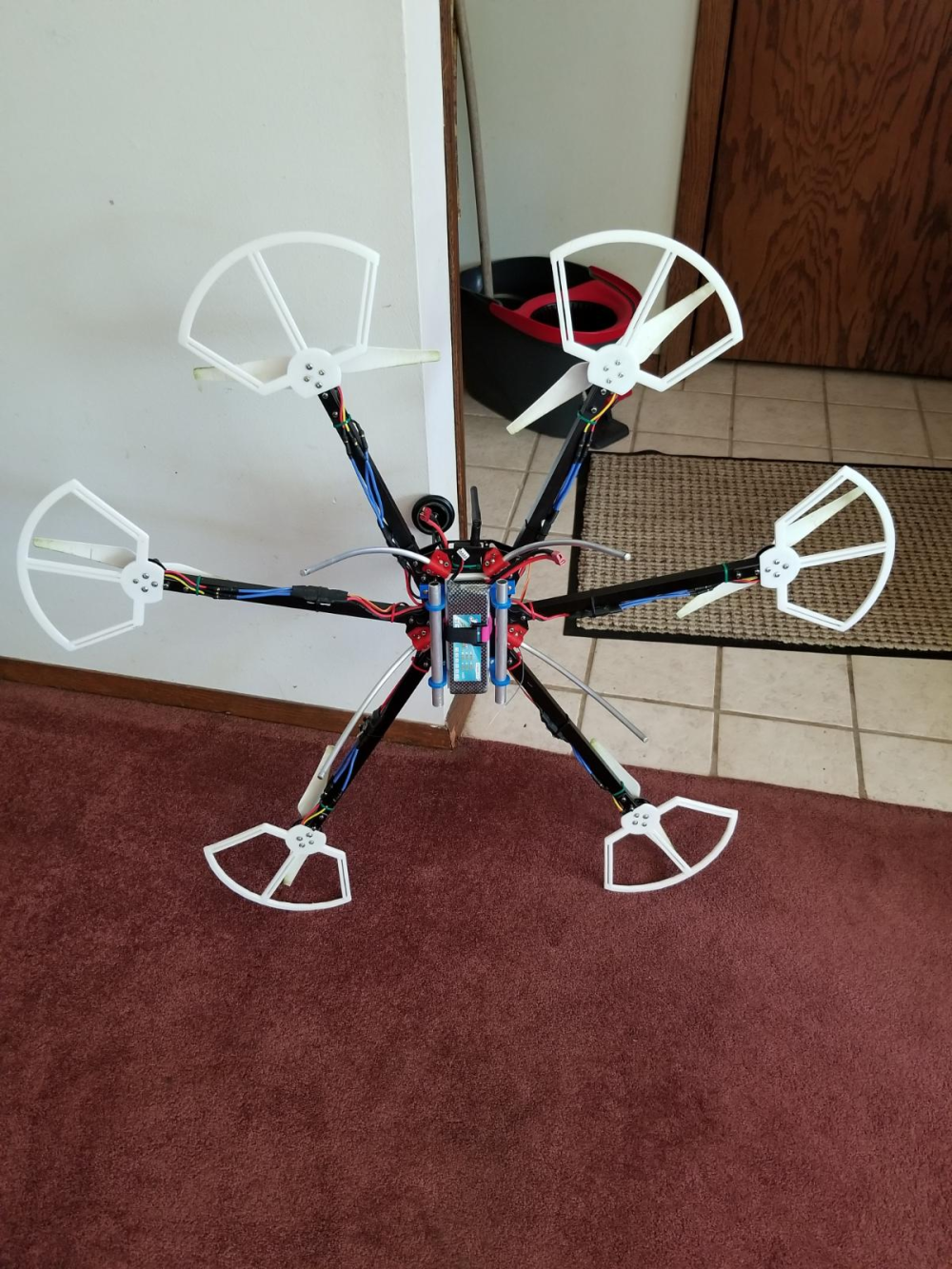
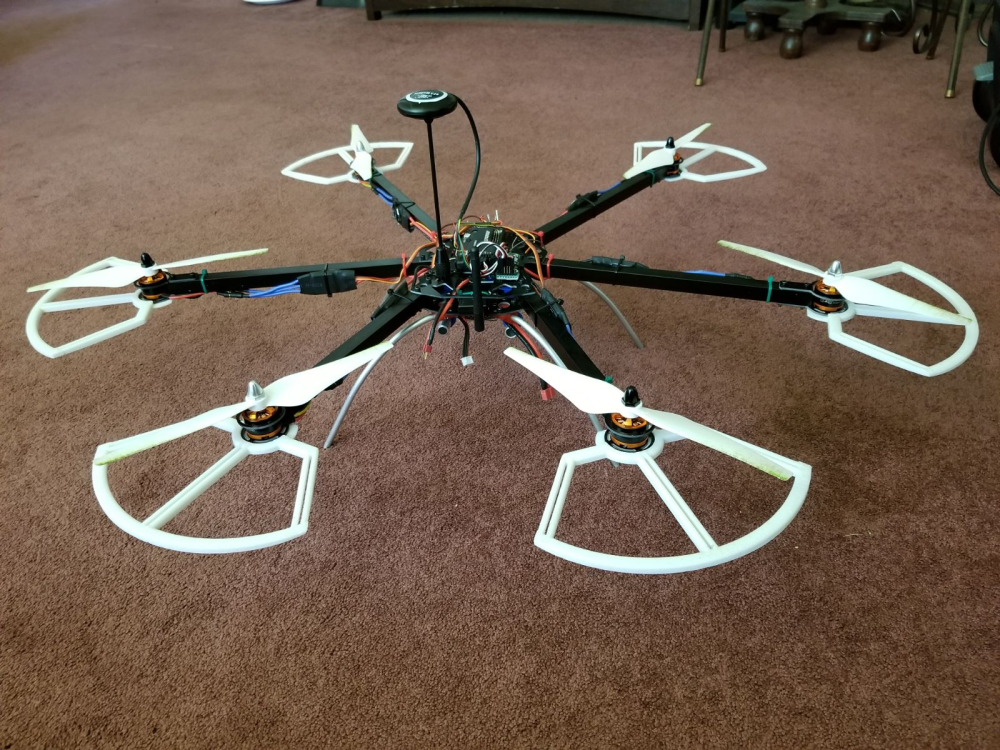
I have also designed and built a small servo based 3 axis camera gimbal. The controller was built using one of my spare 5 volt pro minis and an MPU-6050 accelerometer. Still working on the parts that will attach it to the drone, and I still need to pick up an FPV camera to attach to it, but a simple FPV cam is cheap.


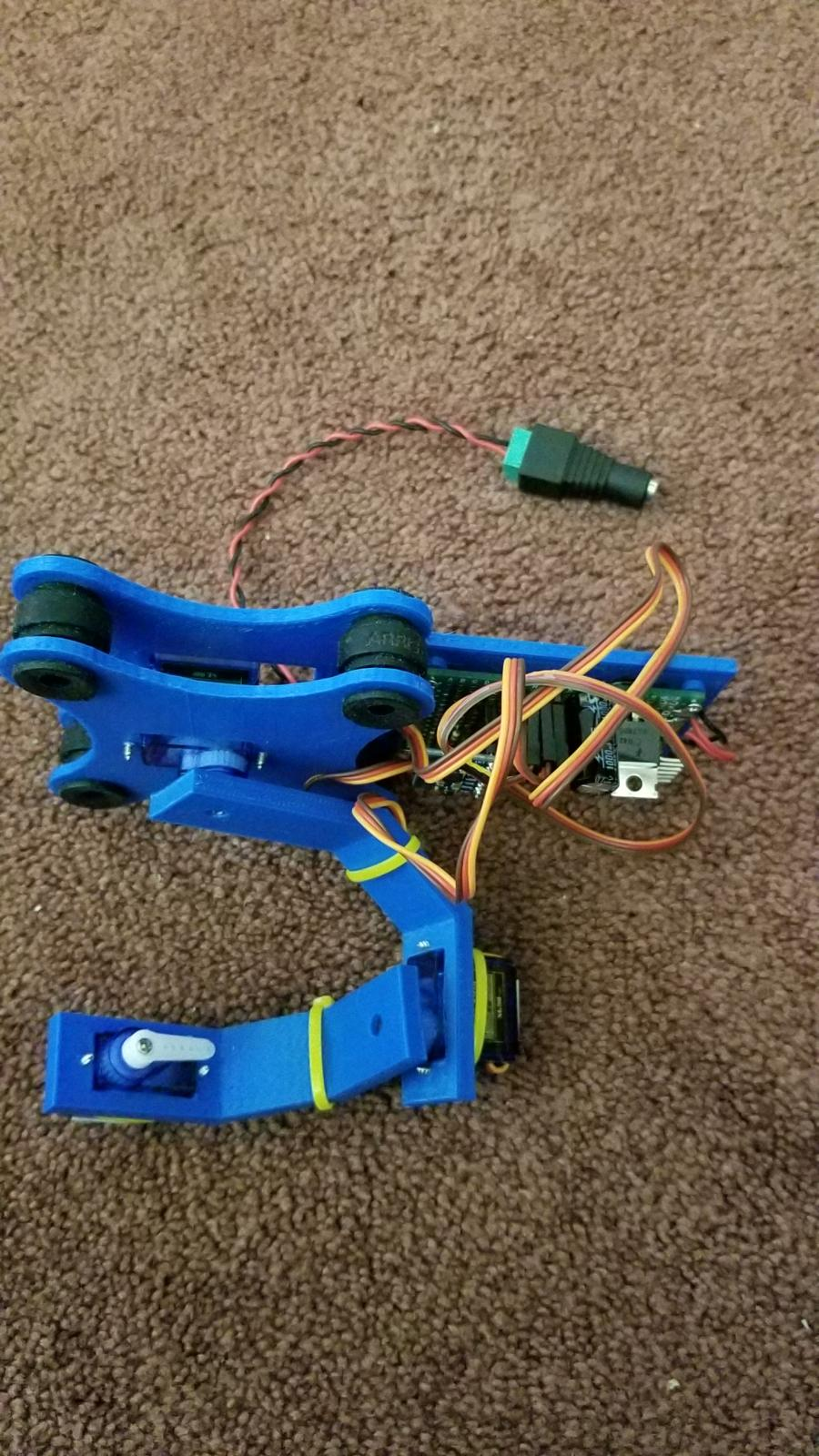
-
@bjacobse it's the cheapest one on eBay with the software cheese on Linux. I think it's a replica on Andostar x500 so search Usb microscope Andostar and you will find.
@sundberg84
Thank you Sundberg for your help, I now have received my own microscope, a reply to your comments from 1 or 2 months ago -
@andrew said in What did you build today (Pictures) ?:
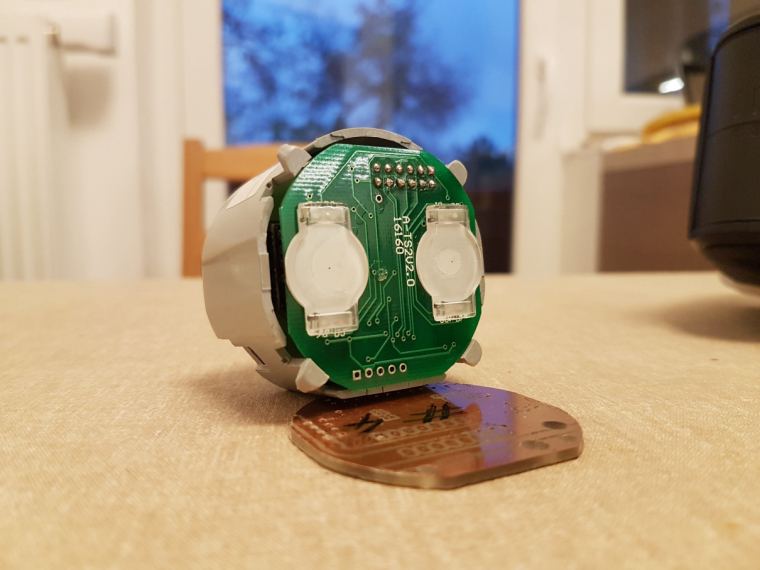
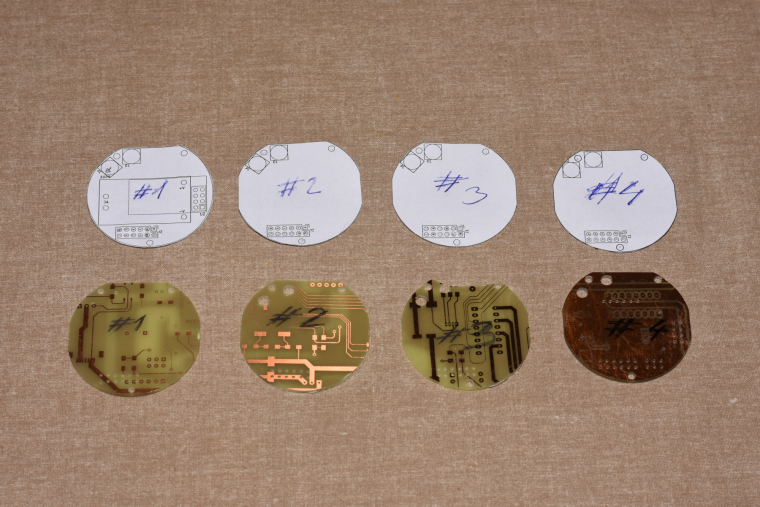


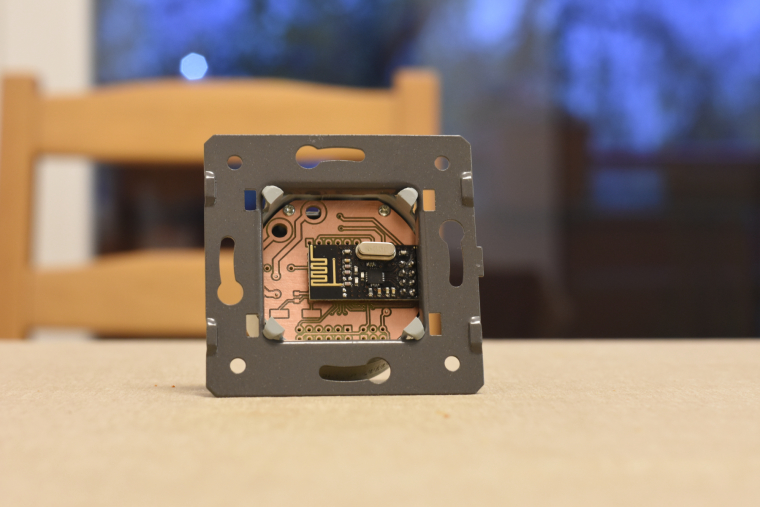


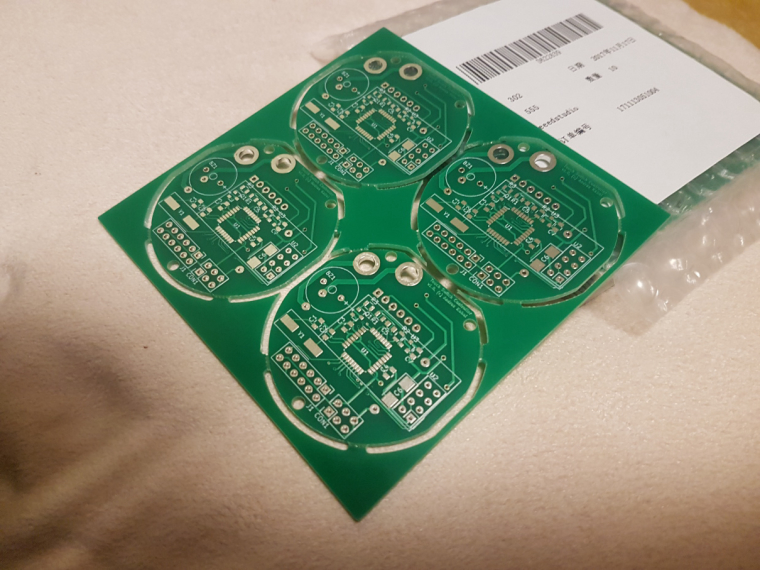
so, it is ready. I mean ready to SW development :) both the schematic and pcb design is now confirmed and fortunately theory meets the practice :)

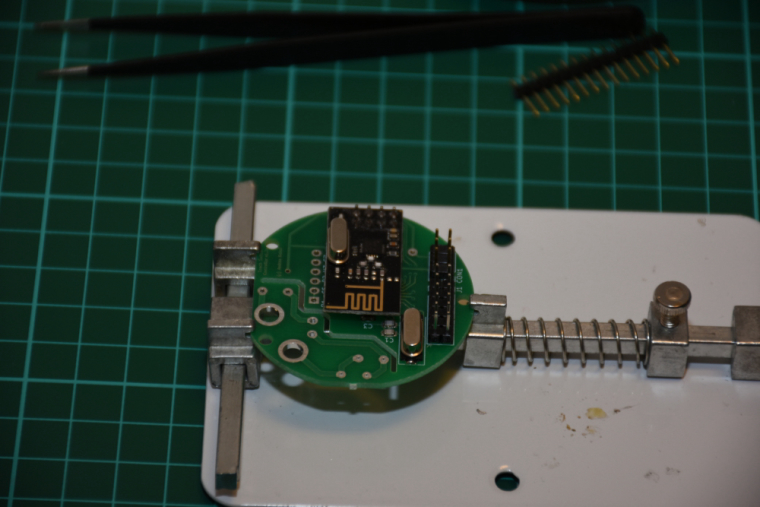
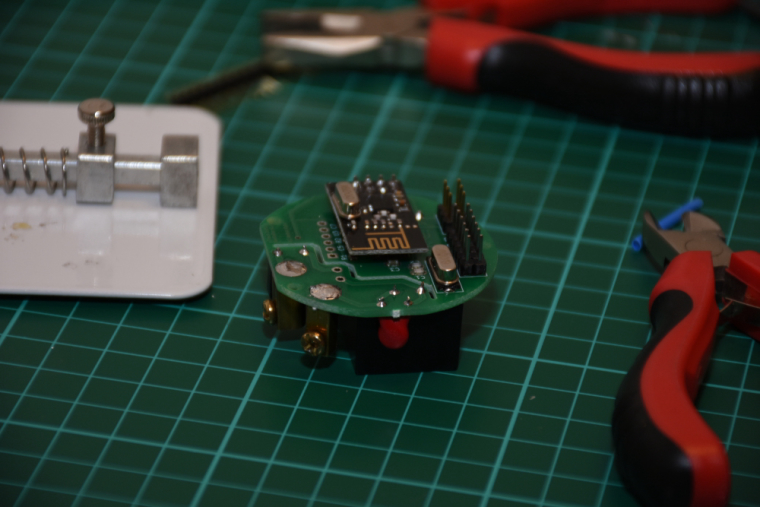
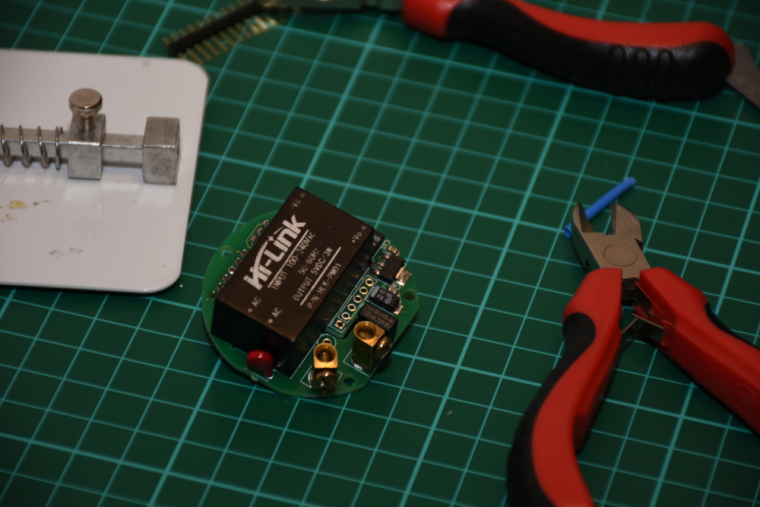

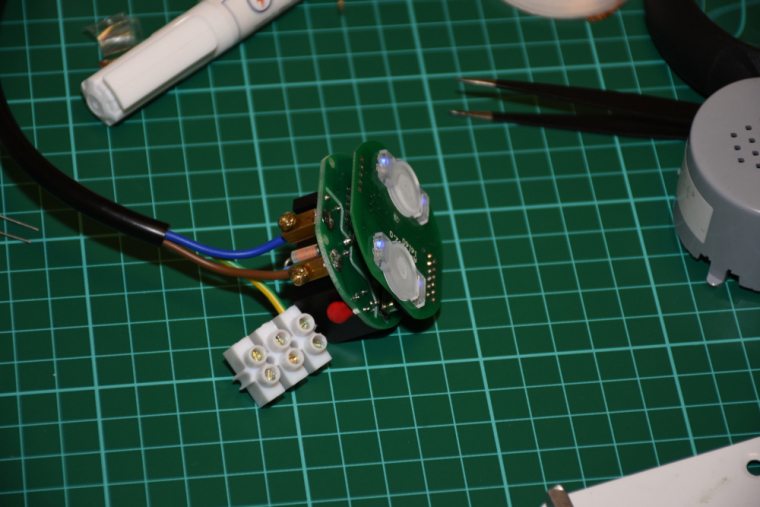
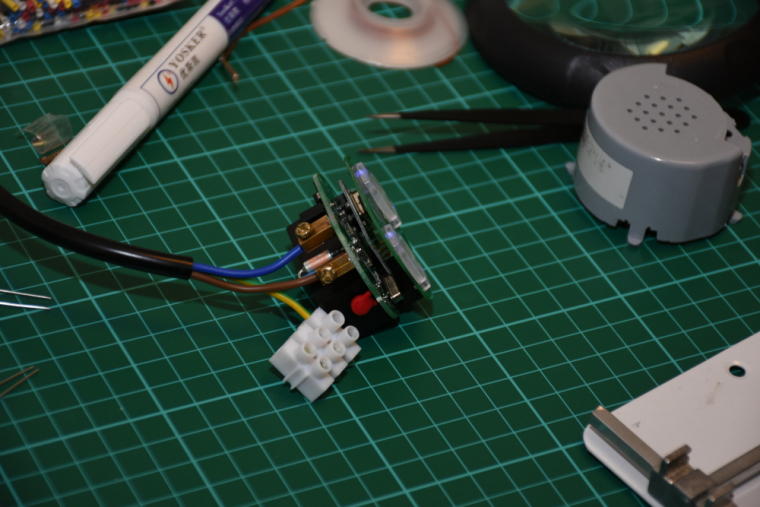

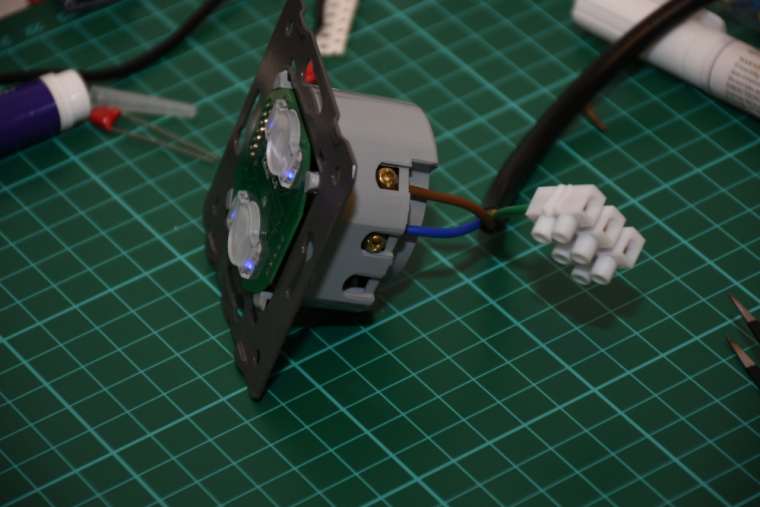
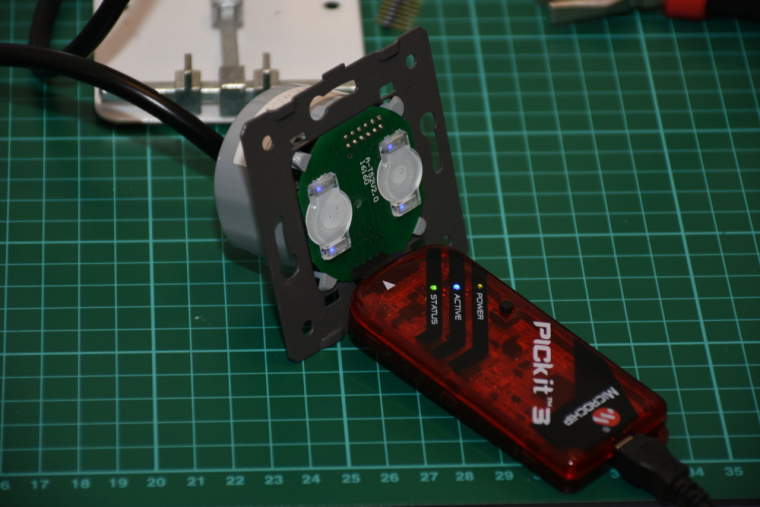
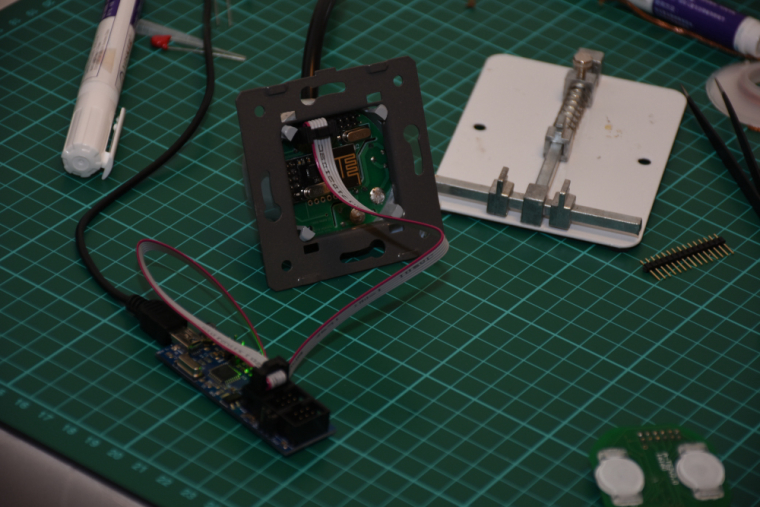
it is assembled, programmed, tested, everything works as expected.
I did not mount it to the wall so far (I'll need a controller and real actuators first), but there was no issue with the communication between two nrf modules (both with PCB antenna) from cca 6 meter distance + 2 walls (10 cm brick) in between.the touch panel's firmware will be enhanced as well as the controller's firmware, at the moment the touch sensing is reliable and a PoC code run on both of them for testing/debugging purposes. for the controller board I'm collecting additional information for the development on the following link:
https://forum.mysensors.org/topic/8831/which-sensor-and-msg-type-for-switch-dimmer-node-sender-only@andrew have you also designed the power board or do you reuse the livolo's one?
-
@andrew have you also designed the power board or do you reuse the livolo's one?
@jeremushka I reused the top PCB (the touch panel) with its original microcontroller, but with a custom firmware. the bottom PCB was fully replaced with my own designed version. this includes the power supply with additional protections, atmega328, atsha and nrf radio.
it is running very well on my desk, but I was super busy in the past months so it is not yet installed to the wall.in parallel I also had to finish its opposite side, the controller at the lamp. it is also ready for final installation, I just need time for that :)
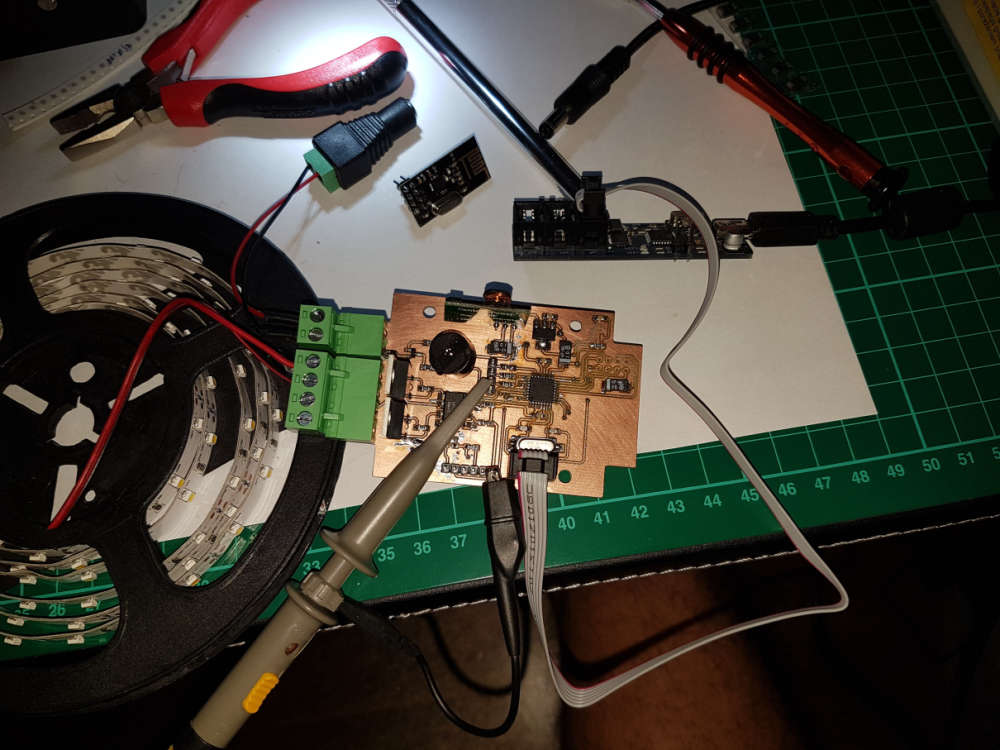
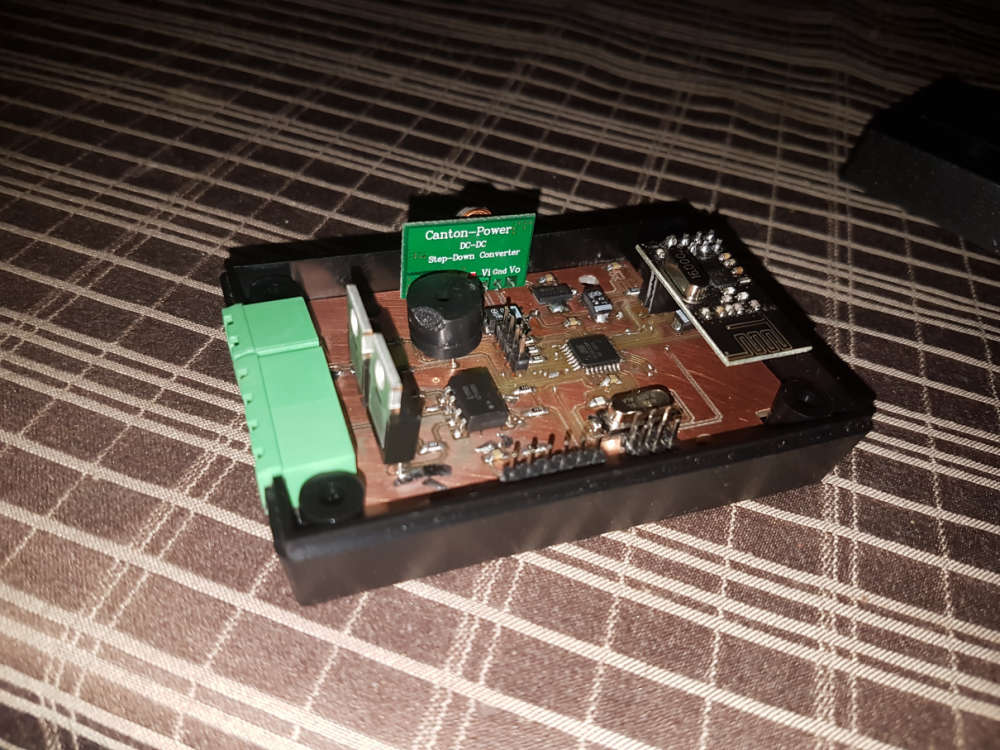
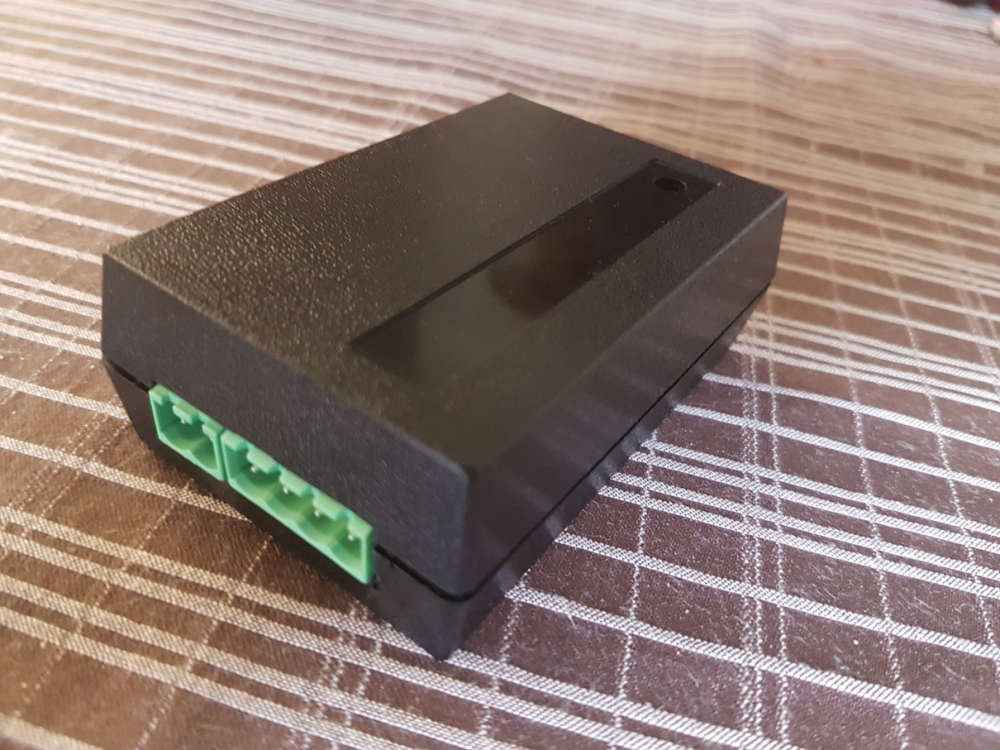

-
The other day I finished the first version of the PCB for my system of protection against water leakage. It will have two automatic ball valves, six leakage sensors with wire breakage monitoring and in the future I plan to connect it to the Mysensors.

Here is a prototype collected with the help of Arduino Pro Mini. Arduino Uno is just nearby, but not connected. Do not pay any attention to him. :)

-
The other day I finished the first version of the PCB for my system of protection against water leakage. It will have two automatic ball valves, six leakage sensors with wire breakage monitoring and in the future I plan to connect it to the Mysensors.

Here is a prototype collected with the help of Arduino Pro Mini. Arduino Uno is just nearby, but not connected. Do not pay any attention to him. :)

@vladimir I gather you meant motorised ball valves rather than automatic, the automation being on the processor.
When you refer to leakage, is this to react to pipes potentially bursting or an external failure such as drainage failure in a cellar? -
@vladimir I gather you meant motorised ball valves rather than automatic, the automation being on the processor.
When you refer to leakage, is this to react to pipes potentially bursting or an external failure such as drainage failure in a cellar?@zboblamont Yes, it is, motorized ball valves.
I meant the reaction to the breakthrough of pipes or flexible connections of sanitary ware. -
@zboblamont Yes, it is, motorized ball valves.
I meant the reaction to the breakthrough of pipes or flexible connections of sanitary ware.@vladimir Ok understood, washing machine hose failure or plumbing seals etc..
Had also considered incorporating leak detection after twice flooding out my bathroom (water softener cycle discharged externally normally - doesn't work so well at -20), ultimately solved by some overflow plumbing to internal drainage.Still considering leak detection as a failsafe, but was looking at monitoring internal and external pressure and flow as well as conductivity at three separate areas. The idea was to similarly initiate shutdown of a motorised valve (for the entire house), or close down the supply pump for an external burst, so a little more complicated, but hence the curiosity.
For surface water detection I was looking at either fixed stainless stud contacts on the tiled floors, or mounting 3 on a plate like a tripod, as it should be more resistant to corrosion than standard rain sensor plates. -
@vladimir Ok understood, washing machine hose failure or plumbing seals etc..
Had also considered incorporating leak detection after twice flooding out my bathroom (water softener cycle discharged externally normally - doesn't work so well at -20), ultimately solved by some overflow plumbing to internal drainage.Still considering leak detection as a failsafe, but was looking at monitoring internal and external pressure and flow as well as conductivity at three separate areas. The idea was to similarly initiate shutdown of a motorised valve (for the entire house), or close down the supply pump for an external burst, so a little more complicated, but hence the curiosity.
For surface water detection I was looking at either fixed stainless stud contacts on the tiled floors, or mounting 3 on a plate like a tripod, as it should be more resistant to corrosion than standard rain sensor plates.@zboblamont
water leak/flooding detection,
I propose to get some stainless conductive wire, like this: https://www.adafruit.com/product/603
and then add 2 parallel wires on tape, and tape this to the floor, besides the dishwasher -
@zboblamont
water leak/flooding detection,
I propose to get some stainless conductive wire, like this: https://www.adafruit.com/product/603
and then add 2 parallel wires on tape, and tape this to the floor, besides the dishwasher@bjacobse Interesting concept, and product, not so sure about the tape idea over a mechanical fix, the tape's behaviour in a wet or moist environment could prove unpredictable.
Tie/clamp this to a stud, or to a stainless rod projected to floor level might solve the corrosion issue with copper wire though.... -
@bjacobse Interesting concept, and product, not so sure about the tape idea over a mechanical fix, the tape's behaviour in a wet or moist environment could prove unpredictable.
Tie/clamp this to a stud, or to a stainless rod projected to floor level might solve the corrosion issue with copper wire though....@zboblamont @bjacobse
I plan to make the leakage sensors waterproof, with outwardly exposed contacts made of stainless steel. I plan to lift the contacts 1-2mm from the floor so that when washing floors, when the floor is just a little wet sensor did not work. I really like the sensors from Xiaomi.


I ordered for the sample here are such cases from China:1 - 31х10mm


2 - 61х20mm
